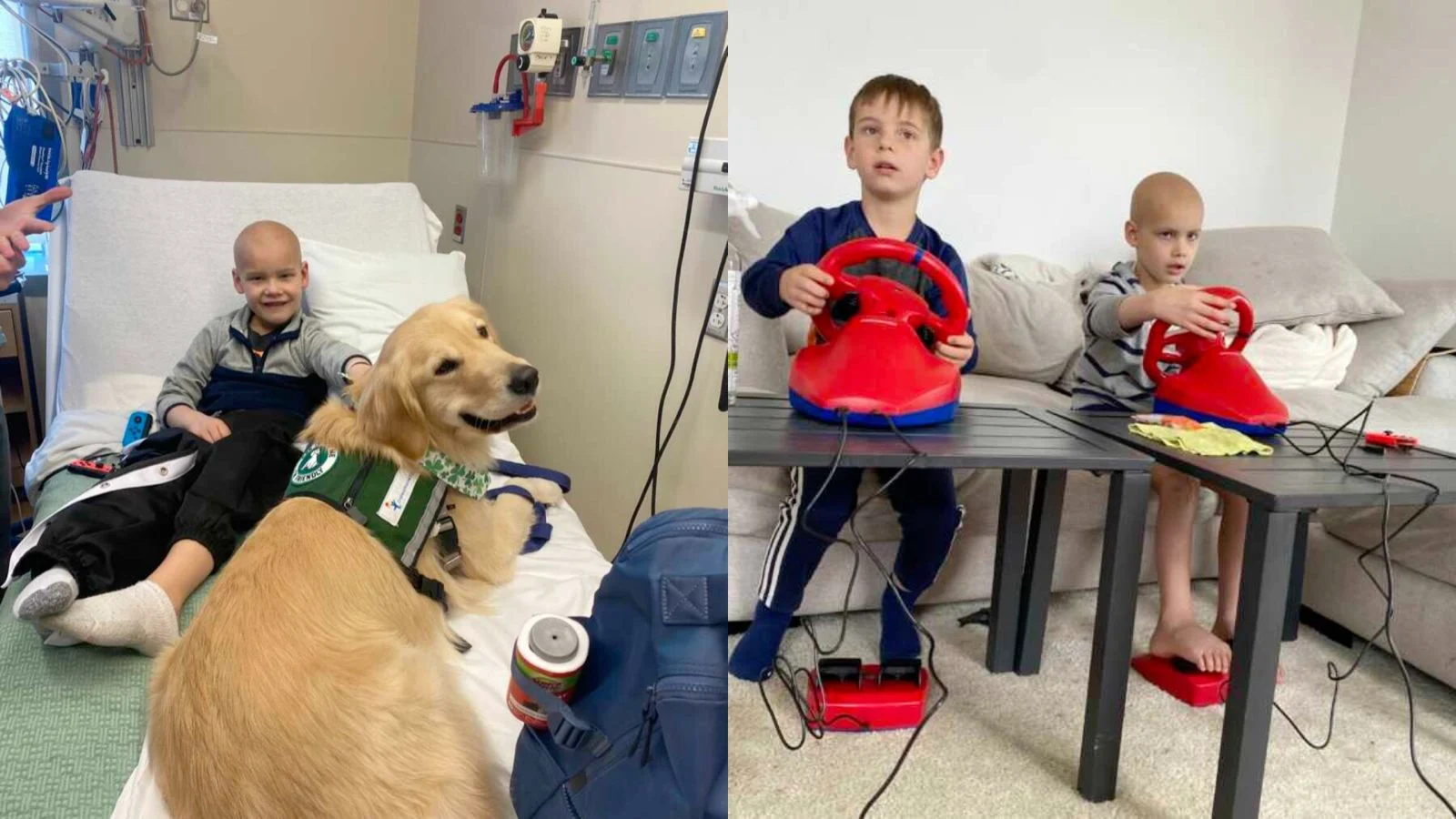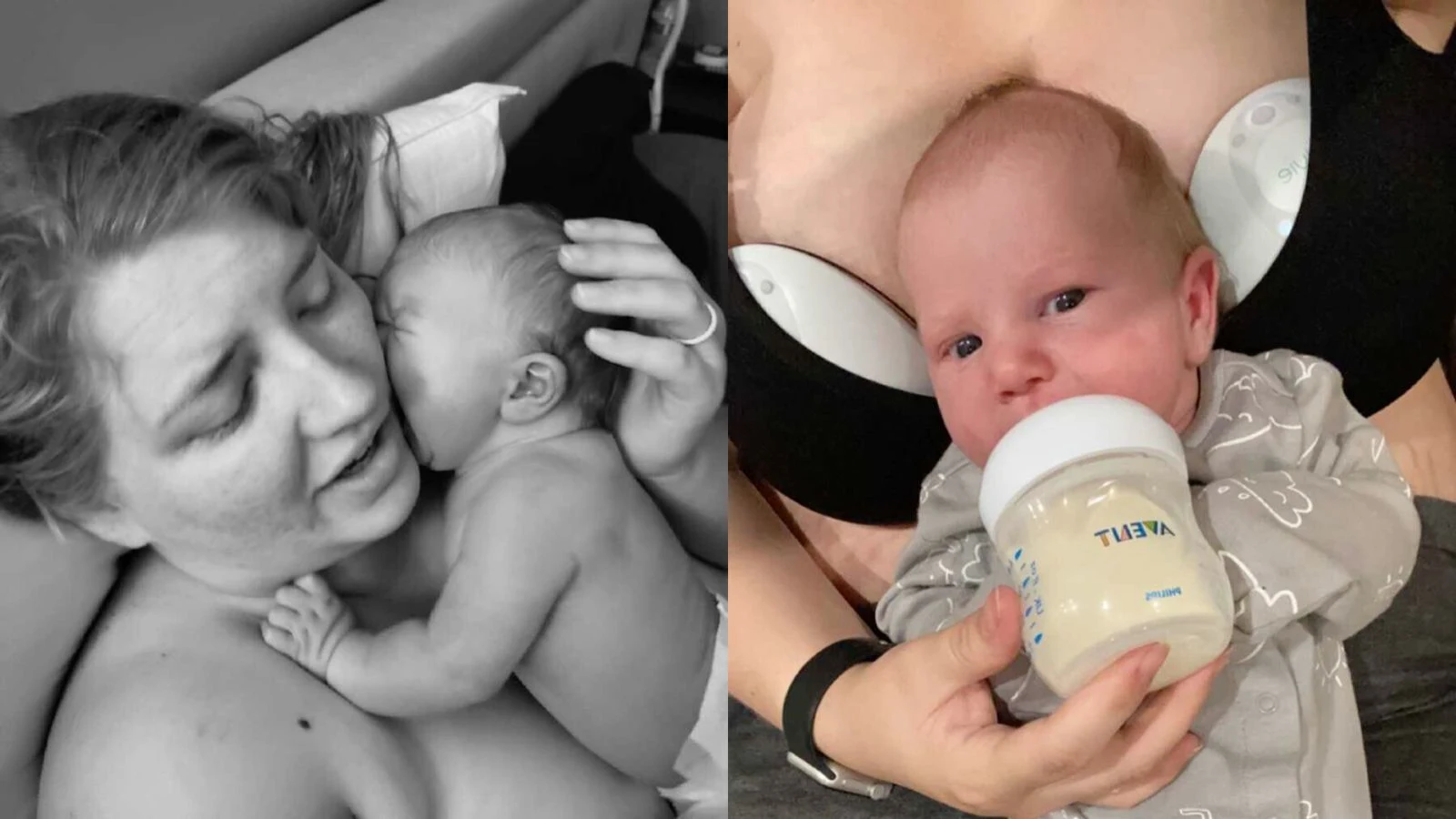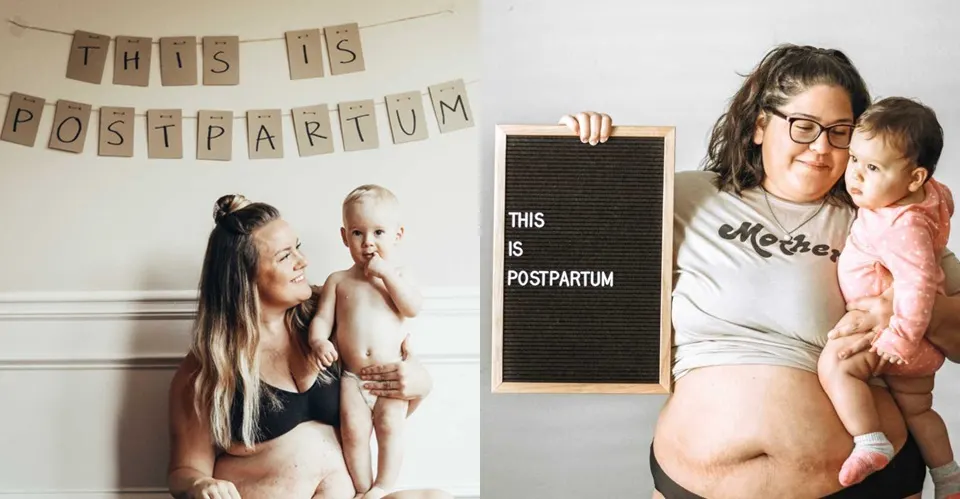“Why shouldn’t we?” The first thought I had when my girlfriend, who is now my wife, mentioned her wish to adopt children one day. She had a powerful desire to love orphaned children as if they were her own,
so we chose to adopt a child.
We had been in a relationship for nearly a year, perched beneath a vacant lifeguard tower by the sea at night, discussing our future.

At twentyone, my thoughts were straightforward: if there were kids in need of parents, and if I aspired to be a dad in the future, why not consider adoption? Of course, years later I would come to understand that adoption and fostering carry challenges and difficulties that deserve deep thought.

But at that time, none of the common objections people raised seemed like reasons not to do it. People would ask, “Don’t you want kids of your own?” as if adopting and having biological children couldn’t both be part of a family story. Others warned about kids with behavioral struggles or “messy” backgrounds. But honestly, who can guarantee biological kids won’t face challenges of their own? And should we really withhold love from those who need it most, just because their start in life wasn’t ideal?
At that instant by the sea, a seed took root within me. Adopting seemed correct. Approximately a year and a half later, in 2015, we tied the knot. We allowed ourselves some moments to relish life together prior to growing our family but the idea of adoption never went away. Like me and my wife want to spend time together and then I want to start a family before starting family we want to enjoy with each other but the idea of adopting was never a path.

In 2019, a friend from church invited us to serve as counselors at a summer camp for kids in the foster system. Again, the question came: “Why not?” Why not spend one week of vacation to be a positive role model? Why not step into a space where kids needed care, encouragement, and fun? That decision moved adoption from an idea in our heads to action in our lives.

At camp, I began learning just how much children in foster care carry. Behaviors that might look “bad” on the surface often came from pain, fear, or simply not knowing how to express what was happening inside. Was it hunger? Exhaustion? Anger from being let down too many times? The lesson was clear: kids need safety, patience, and unconditional love not labels.
That week was both joyful and heartbreaking. We celebrated the little victories, but saying goodbye at the end was one of the hardest things I had done. Watching a tough fifth grader cry in the parking lot reminded me how confusing and unfair their world can be. It confirmed in me that fostering wasn’t just a thought it was a calling.

Over the next few years, we kept volunteering and even began mentoring campers outside of the summer program. By the end of 2020, as COVID reshaped everything. Our church got an email asking if families could take in children displaced by the pandemic. They needed safe homes. They needed people willing to help. Once again, “Why not?” echoed in my mind. We hadn’t planned to pursue certification so soon, but the need was immediate. We had space. We had love to give. Waiting no longer felt like the right answer.

In early 2021, we began the long certification process: forms, classes, background checks, training sessions. By October, we were officially approved as foster parents, ready to welcome children ages six to sixteen, even siblings. Two weeks later, the phone rang.

Our first call didn’t work out, but soon after we were asked to provide respite care for two sisters. Respite is usually a short-term arrangement to give foster families a break, but ours lasted a month. That month was full of ups and downs smiles and tantrums, laughter followed by tears. We leaned on everything we had learned, reminding ourselves that their behaviors didn’t define them. What mattered was showing them they were safe and cared for.

When the month ended, we thought we would take a break, but just two weeks later we got another call. The girls’ situation had changed, and they needed a home again. We knew more transitions would only hurt them, so we said yes. This time, they came not for respite, but as our official foster daughters.
The months that followed were anything but easy. Parenting children who carry trauma means walking through storms days of calm interrupted by sudden outbursts, nights filled with tears and questions. Sometimes we wondered if the hugs outweighed the screams, or if the small steps forward could make up for the setbacks. In those moments, my old question shifted from “Why not?” to “Why?” Why keep going when the work is exhausting and the outcome uncertain?

I’ve discovered that the answer is love the type that confronts truth. Love that faces the challenging aspects head-on. Love that decides to remain regardless, but the kind that shows up anyway. It’s not about loving every tantrum or every tear. It’s about the deeper, unshakable love that reminds me each child is worth it. For me, that love comes from my faith in God, who adopted me first and calls me to share His love with others.

Fostering is not that simple its really need efforts and so much time to accepts thing however we never stop hoping for the best. But even in the hardest moments, it is worth it because every hug, every laugh, every bedtime story is a chance to make a difference in a child’s life. I can’t fix everything, but I can love the ones placed in my care. And sometimes, that’s enough.




